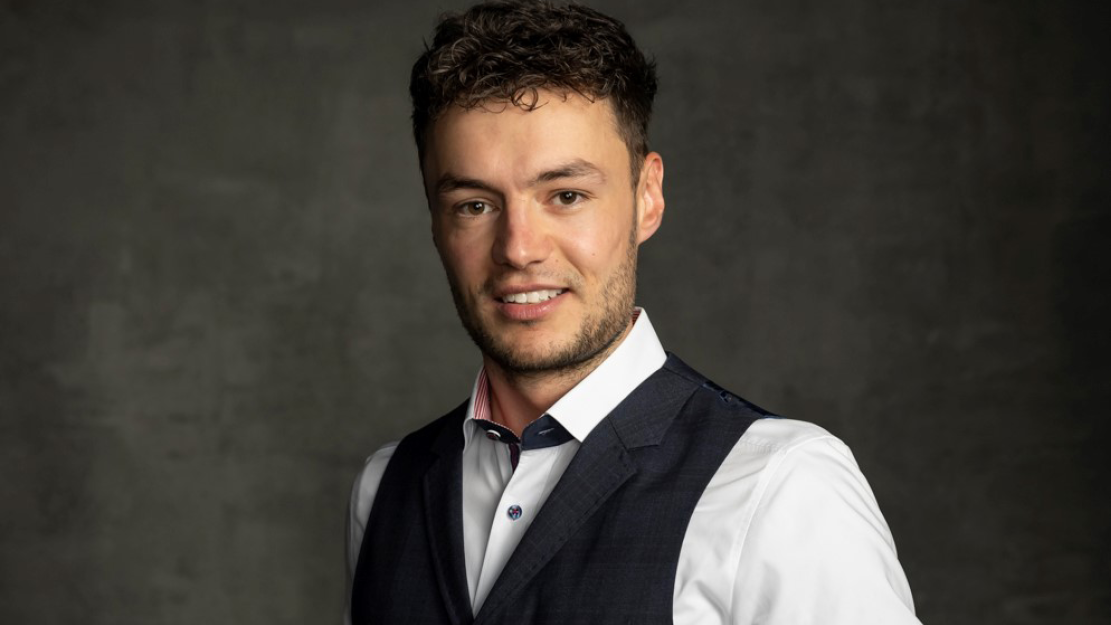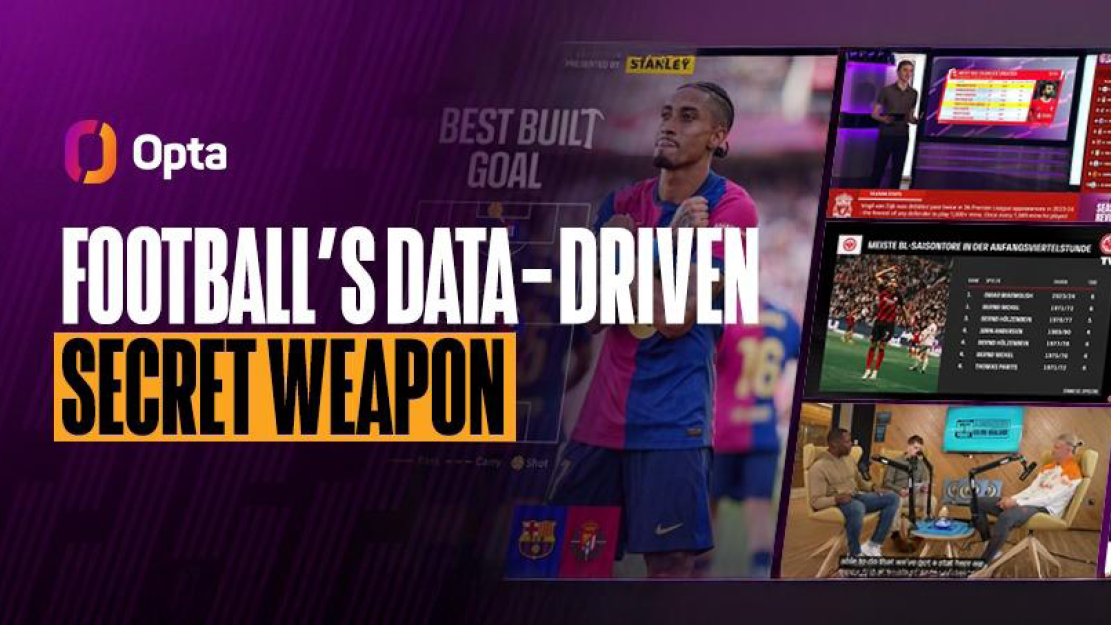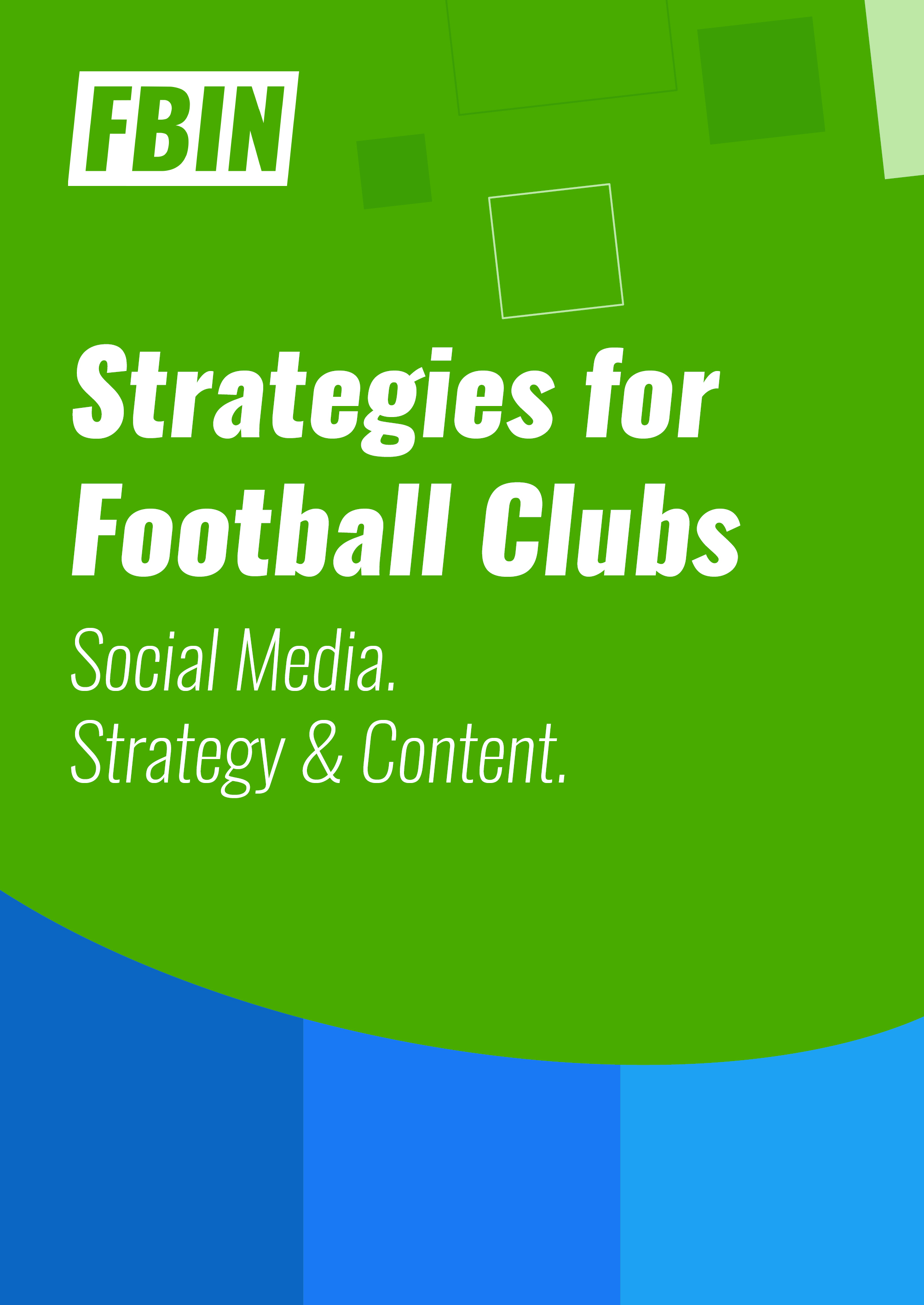FBIN had the opportunity to interview Sebastian Helbig, Head of Department Sponsoring at BSC Young Boys. Sebastian talked about the club’s business magazine, which is dedicated to its B2B partners, the sponsorship strategies, and an outlook for 2023.
By Quang T. Pham
Can you tell us about YBusiness magazine, its goals, and its key audiences?
At BSC Young Boys, we publish eight magazines per season, divided into two categories: B2C and B2B. For B2C, we provide a classic fan magazine, and for B2B, we launched a business magazine six years ago, in 2016. We began with a 40-page publication, but today we have on average over 100 pages for every issue. The “YBusiness” is sent to all decision-makers in our B2B network of around 2,500 contacts, including current and potential business partners. Our main objectives are to use the magazine as an instrument for B2B communication, give our partners a platform to present themselves and increase awareness within the B2B network, and generate revenue through sponsorships. Per season, our overall print revenue is in the seven-figure range.
Why does the club focus on long-form printed content in a digital era?
I think the strong development of digital media doesn’t mean that print content is dead. We believe that print and digital content should complement each other instead of competing.
We have found that printed behind-the-scenes reports are very popular within our partner network. Holding a high-quality printed magazine in your hand still has a positive effect. Another important reason is that our B2B partners are seeking B2B platforms, which are rare to find. That’s why we decided to launch the B2B magazine, to offer a variety of possibilities such as classic advertisements, partner presentations, and co-created content. Additionally, in recent months, we have been using our printed stories in digital channels. For example, adapting and posting exclusive stories from the business magazine on our online blog, LinkedIn, or business newsletter.
What are the common reactions/feedback so far from your partners?
Last year, we conducted a partner survey and the results showed that 95% of our partners read our business magazine on a regular basis and rated the content an average of four out of five. This confirms our strategy to continue with the printed business magazine.
What would you say are the key factors for a successful football business magazine?
Firstly, I believe that visuals play a huge role. We have dedicated photographers for this, and we are using these high-quality images in a wider range. If the pictures are captivating and intriguing, readers will be eager to read the next pages.
Secondly, it’s very crucial, even if it’s a business magazine, to include our sports department. For example, in each magazine, we present one player in a private background context, highlighting what they do off the pitch and what their background is. The player is one of two flagship stories in each magazine, the other is about a decision-maker of a key partner.
Covid-19 may have affected the sponsoring department the most; how did your department deal with it?
We are fortunate to have partners that are so understanding. They demonstrated solidarity with us, and as a result, the profit loss was much less than we anticipated. I believe this is a result of our long history and solid relationships with our partners over the last few years. I believe the key success factor for other sponsoring decision makers is to have a long-term perspective and not just seek short-term success and large sums of money in one or two seasons.
How do you measure the success of a sponsorship deal?
I believe sponsorship success is not just about the financial components. Of course, money is crucial in the sponsorship department, but there is much more to it. It’s essential that we as a club and the partner company share the same values.
The partnership must be mutually beneficial, even outside of the contractual components. This includes, for example, participating in each other’s events on a regular basis. I think our partnership is successful when the partners achieve their goals. So one of the most crucial things is to listen to the partner’s goals and understand them.
We have several ways to measure success and gather feedback, such as conducting partner surveys every two years and focusing on different topics like hospitality, B2B networking activities, etc. For digital media or TV-relevant products, we can measure success using concrete metrics with the help of agencies or other tools.

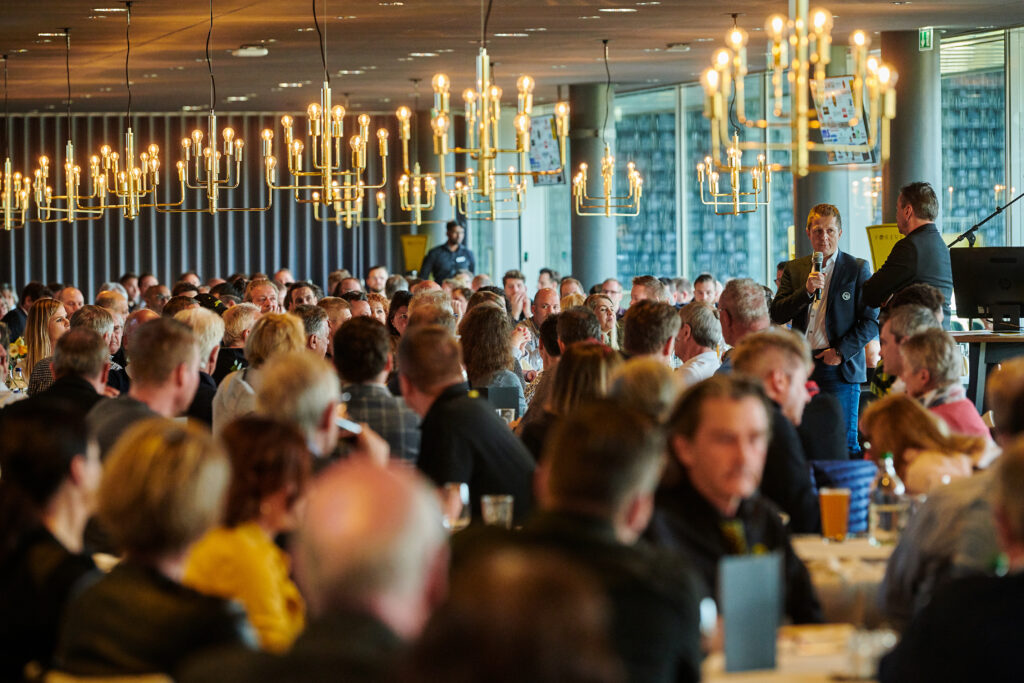
You mentioned the help of agencies, do you apply any technology or data analytics in your sponsorship strategy?
We are working with Nielsen Sports to provide us with data analytics for TV-relevant products. Additionally, our CRM system is an important central piece in our B2B puzzle. We keep all of our data from every single contact, meeting, and contract in our CRM. We started building it years ago and now we can’t live without it. I believe this is similar to many other clubs as well.
Do your partners/sponsors ask for any sponsoring KPIs and metrics?
The interesting thing is that most of our partners don’t even ask for data yet, but in some cases we actively provide it to them. I believe that partners have to learn that data can be crucial and I think it will become more and more important for sports clubs to be able to provide all the data.
Can you tell us about any successful sponsorship deal that BSC Young Boys has secured in recent years?
We have secured many sponsorships in recent years, but the partnership with Plus500 is one of my favorites. Plus500 is a well-known global online broker. What makes this deal special is that we closed it during the COVID pandemic in 2020. Despite the fact that they are based in Tel Aviv, Israel, and we are in Switzerland, we were able to close the deal without any physical contact. In fact, we didn’t even meet each other face-to-face until last year. But it came out very well, and we are very happy to have such a strong global player as a partner.
What are the key business goals of the club in 2023, and how does your role align with them?
In 2023, one of our key business goals as a club is to push our women’s football team. We started working on this last year and will continue this year increasing communication and awareness for the women’s team in order to be able to generate new products and to sell them to partners.
Another business goal is to increase our revenue from digital media. Currently, digital media makes up 5% of our total sponsorship revenues, and my personal goal is to increase this percentage to 10% by the beginning of next year. To achieve this, we will need to find new platforms and change the mindset of our account managers on how to better deal with digital content. Additionally, we also need to educate our partners on the benefits of digital media.
Last but not least is Sustainability. We have hired someone last year specifically to create an overall sustainability strategy, and my aim is to connect these topics with our B2B activities by finding potential areas to form partnerships or co-create products. We are still in the process of figuring out the concrete steps to achieve this goal.

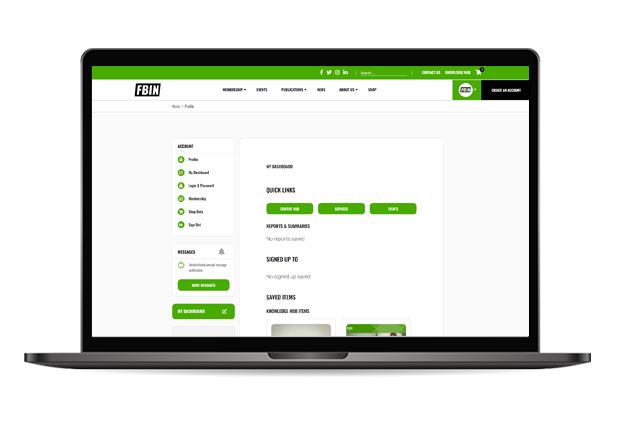
 Upgrade to Premium Now
Upgrade to Premium Now
